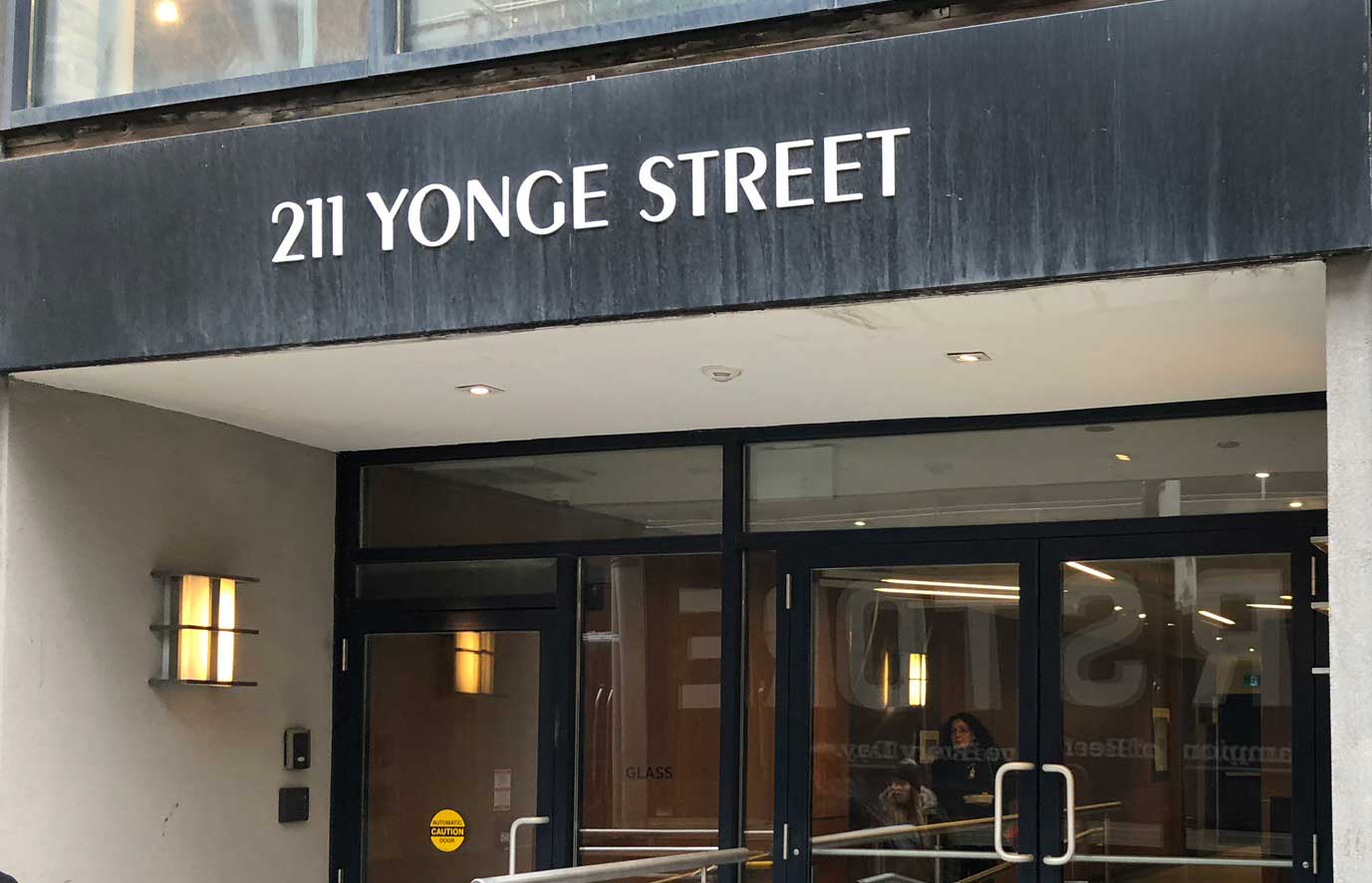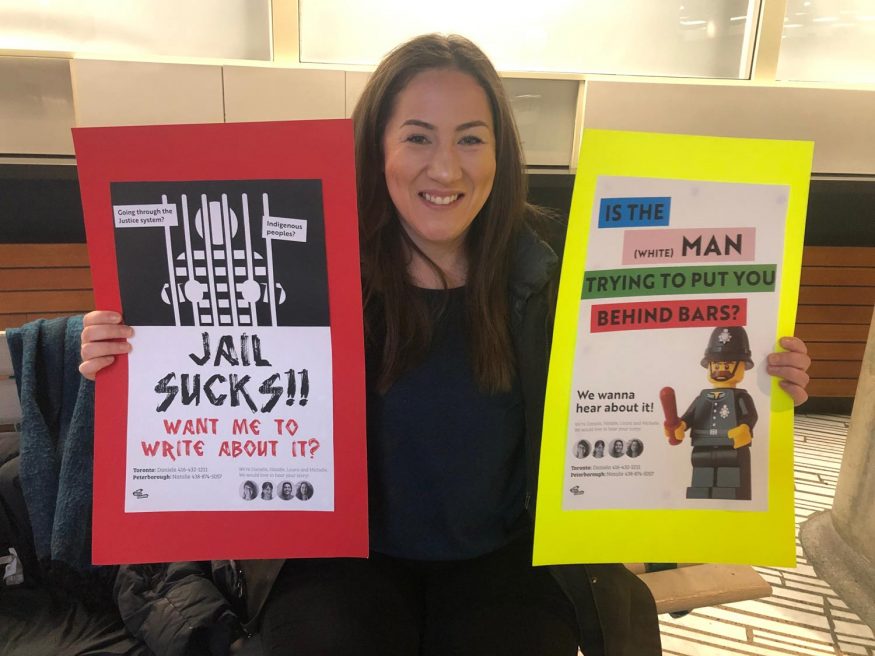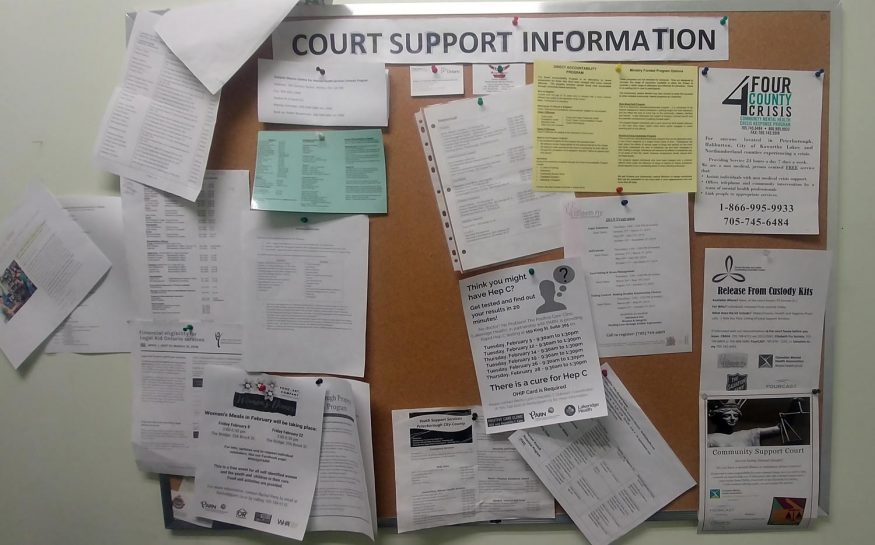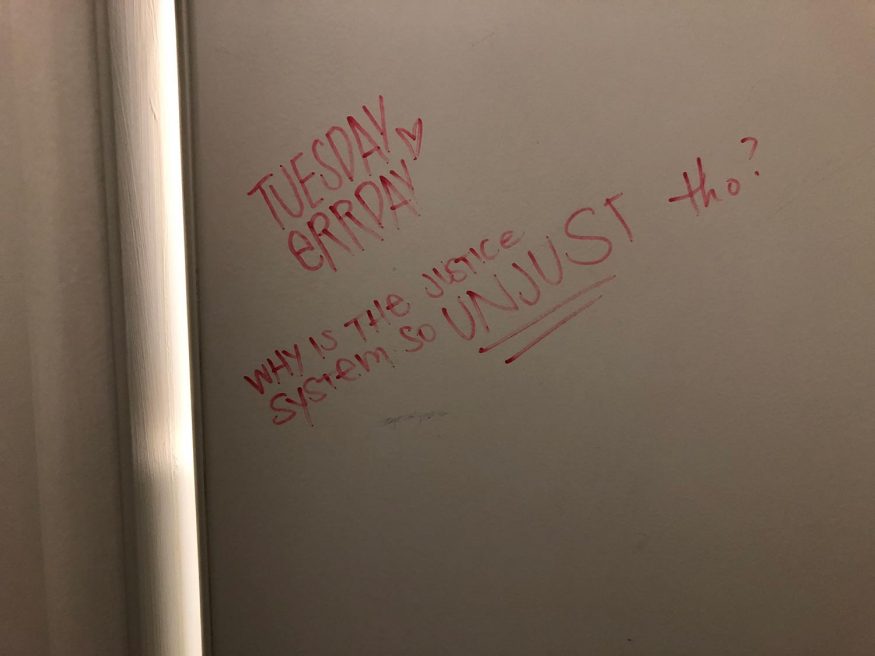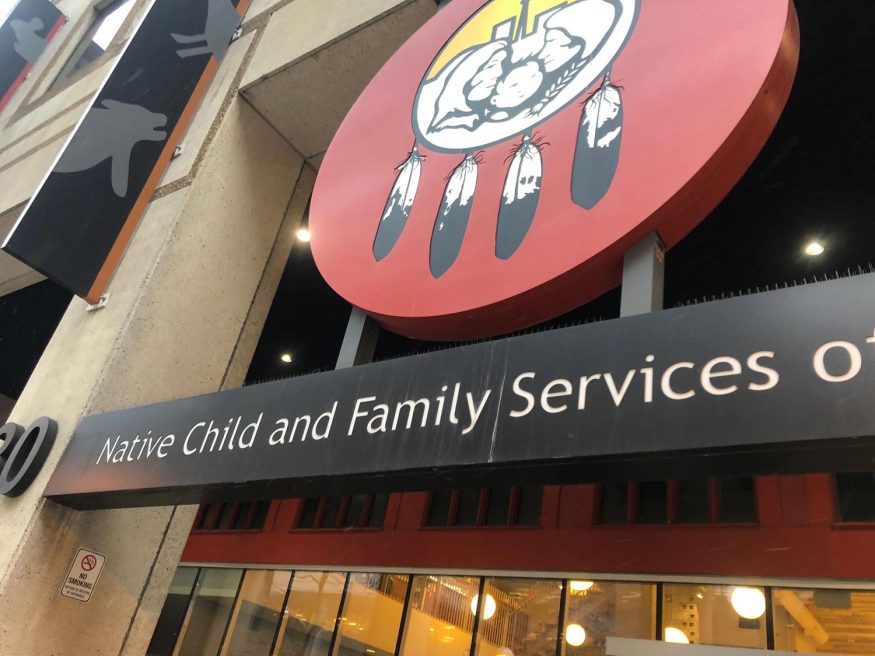We hit the streets, heading to eight places in Toronto, and 10 in Peterborough, with signs and flyers to recruit people with experience with the criminal justice system. We spend unstructured time with people, going wherever they went, alongside more structured observations and conversations guided by tools. We used a journey map to plot out, on paper, people’s interactions with the criminal justice system over time, annotating the highs and lows, and emotional reactions. We used card decks of stressors and desired outcomes to surface people’s latent aspirations and sense of agency.
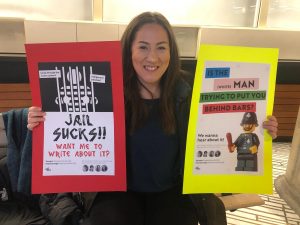
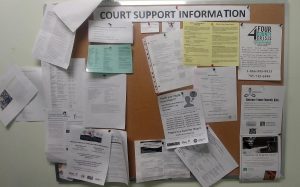
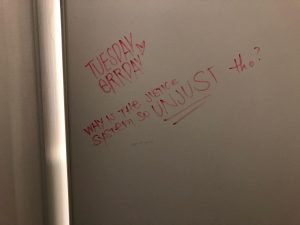

We brainstorm what could be different — not because we have definitive solutions, but because we see early ideas as the first step to co-designing more effective interventions. We believe the best interventions are developed with the people who use a system — that is where you get the buy-in and ownership required for change. Testing and co-design is also how ideas are validated: when we see them producing impact and behaviour change for one or more segments.
This research isn’t a comprehensive or generalizable account. Our aim is to spark novel conversations between people and organizations. How might we reframe challenges and generate ‘what could be?’ In this wrapper, we share our process & learnings.
